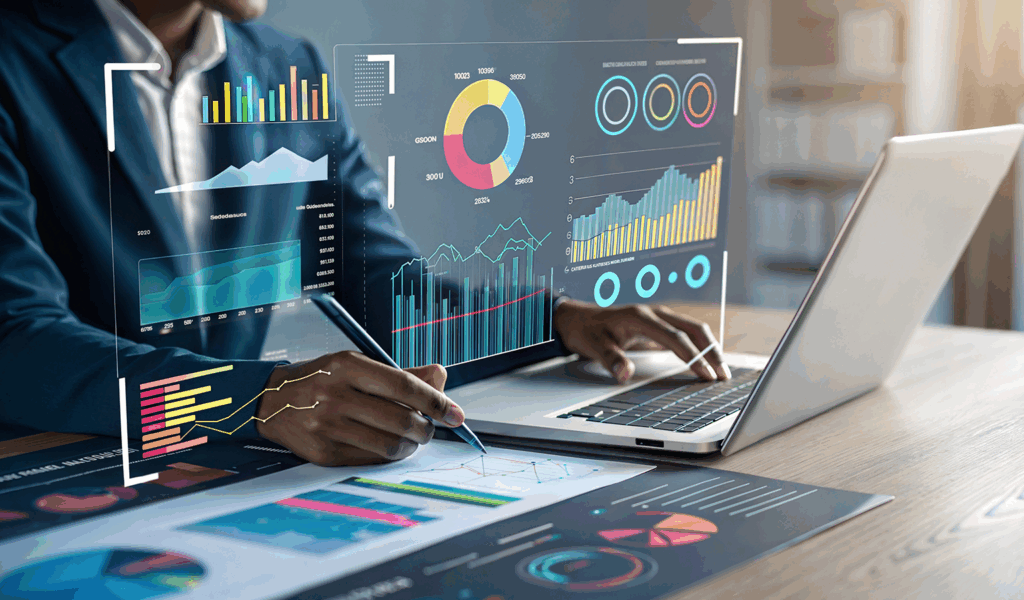sales-analytics
Reporting vs. Analytics: What’s the difference?
There’s a lot of buzz in the market about analytics. Lots of solution vendors claiming “Analytics? Yes, we do that.” But do they? And does it matter to you?
Yes. It’s important to know the difference (and they are different). Not only so that you know what you’re buying, but also so you know how to use each one.
I am going to quickly walk you through the difference between reporting and analytics, so you can make better, informed decisions when you buy solutions claiming analytics.
Let’s start with some simple descriptions.
Reporting
Reporting takes factual data and presents it. There’s no judgement or insight added. People can, of course, derive insight from reports, but that’s up to them.
Analytics
Analytics asks questions of the data collected and provides answers and insight. It (hopefully) injects business expertise and knowledge into the analysis to deliver the final output—a recommendation, course of action, or prediction.
Key Differences
By nature, reporting is easier to do than analytics, so you see much more of it in business.
Reporting extracts data from various data sources, allows comparisons, and makes the information easier to understand by summarizing and visualizing the data in tables, charts and dashboards.
Example
A chart showing how many calls and emails top sales reps execute versus low performing reps.
Advanced reporting tools, often termed business intelligence (BI), allow ad-hoc queries, drill down viewing, and comparisons across various dimensions of the data.
Example
A flexible report allowing ad-hoc comparisons of sales activities between sales teams from different regions and territories.
Reporting is valuable. But it stops short of analytics.
Analytics drives business decisions by questioning and interpreting the data with a distinct purpose in mind. Any good data scientist will tell you that analytics without business purpose, intelligence, and expertise applied can be very dangerous, often leading to erroneous findings.
Analytics go beyond “what happened” and seek to answer “why it happened” and “what can be done about it.”
Example
Communication between a selling team and buying has decreased in a given sales opportunity. Diagnostic analysis of the activity data shows that the selling team has been slow in responding to buyer inquiries. The analytics algorithm recommends a concerted effort to increase responsiveness, and that a specific sales play be run to re-engage the buying team.
Predictive analytics combined with prescriptive recommendations can provide powerful business drivers that can bring desired outcomes.
Example
Regression analysis of sales activity data shows that the probability of closing a deal increases by over 20% after a second product demonstration is given to buying teams (predictive analysis). The analytics algorithm recommends that focused sales plays, designed to engage buyers in a second demonstration, be run on any opportunities where buyers have seen only a first demonstration (prescriptive analysis).
Here’s a diagram that helps show the difference between reporting and analytics.

Analytics goes beyond reporting to bring answers to questions and drive business outcomes.
So, I hope that helps explain the difference between reporting and analytics. Reporting is definitely valuable in business—evidenced by the fact that you see it everywhere. Analytics are much harder to deliver. But the value is immense when effective data analysis, injected with business knowledge is combined to bring actionable recommendations and desired outcomes.
Pete McChrystal











